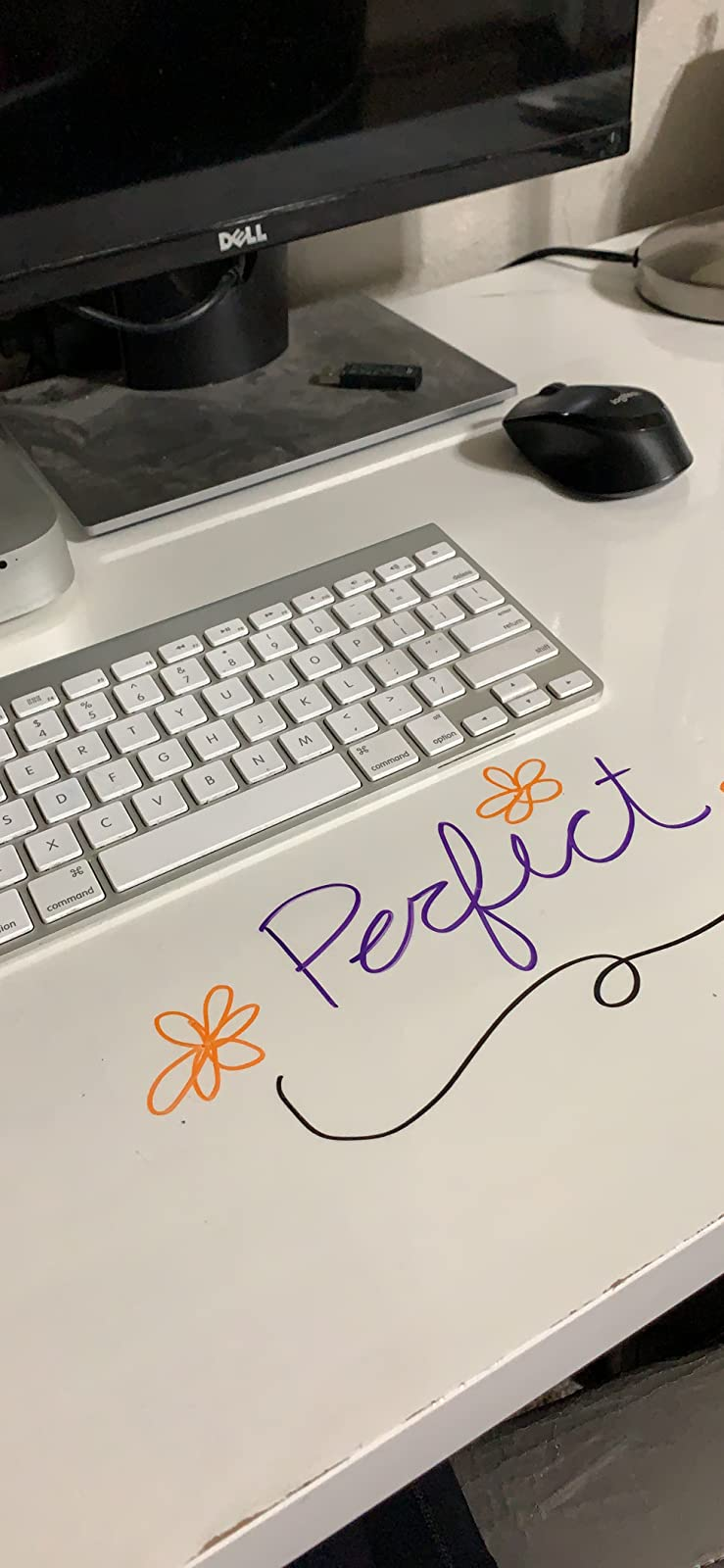
The practice of assuming the supine position for women during childbirth has also influenced home delivery practices, which are known to carry additional risks for the mother due to the involvement of unskilled birth attendants.

It is essential that women are empowered to make personal health decisions, including the choice of birthing position, although health care providers often do not offer this choice. A study in Nigeria reported that 99% of women gave birth in a supine position. Not surprisingly, a significant majority of women (68%) gave birth lying on their backs or in a semi-sitting position and a few used other maternal positions. ĭespite evidence that supports the upright position during labour and delivery as the most optimal way to ensure a positive outcome for the mother and her baby, supine positioning remains the most commonly used by women during childbirth. Maternal birthing positions have a direct effect on the 4PS (Passage, Passenger, Power, and Psyche) which, in turn, affect maternal and infant outcomes. According to her, maternal birthing positions are influenced by women’s empowerment, age, parity, culture, the biomedical model and the birth attendants who are primary caregivers during the labour process. The integral pieces of the Letushko concept describe maternal birthing positions as both supine and upright. The concept of birthing positions as defined by Letushko provides the lens through which different birthing positions are described. Mothers in this study had no other choice than to labour and deliver their babies in the supine position as instructed because they trusted midwives as skilled professionals who knew what was best given the condition of the mother and her baby. Nurse-midwives believe that the supine position is the universally known and practised birthing position, and prefer it because it provides flexibility for them to continuously monitor the progress of labour and assist delivery most efficiently. Women use the supine position during childbirth because they are instructed to do so by the nurse-midwives. These were: women adopted the supine position as instructed by midwives women experience of using alternative birthing positions midwives commonly decide birthing positions for labouring women and supine position is the best-known birthing position.

Resultsįour themes emerged from mothers’ and midwives’ description of their experiences and perceptions of using supine position during childbirth. Qualitative content analysis guided the analysis. We conducted seven semi-structured interviews with nurse-midwives and two focus group discussions with postnatal mothers who were purposively recruited for the study. We used a descriptive qualitative design.

The purpose of this study was to explore the perceptions and experiences of mothers and nurse-midwives regarding the use of the supine position during labour and delivery. Despite the evidence supporting the upright position as beneficial to the woman and her unborn child, healthcare facilities consistently promote the use of the supine position. Birthing women would hold ropes or trees as a way of gaining strength and stability in order to push the baby with sufficient force. Before the advent of Western medicine in Tanzania, women gave birth in an upright position either by sitting, squatting or kneeling.


 0 kommentar(er)
0 kommentar(er)
